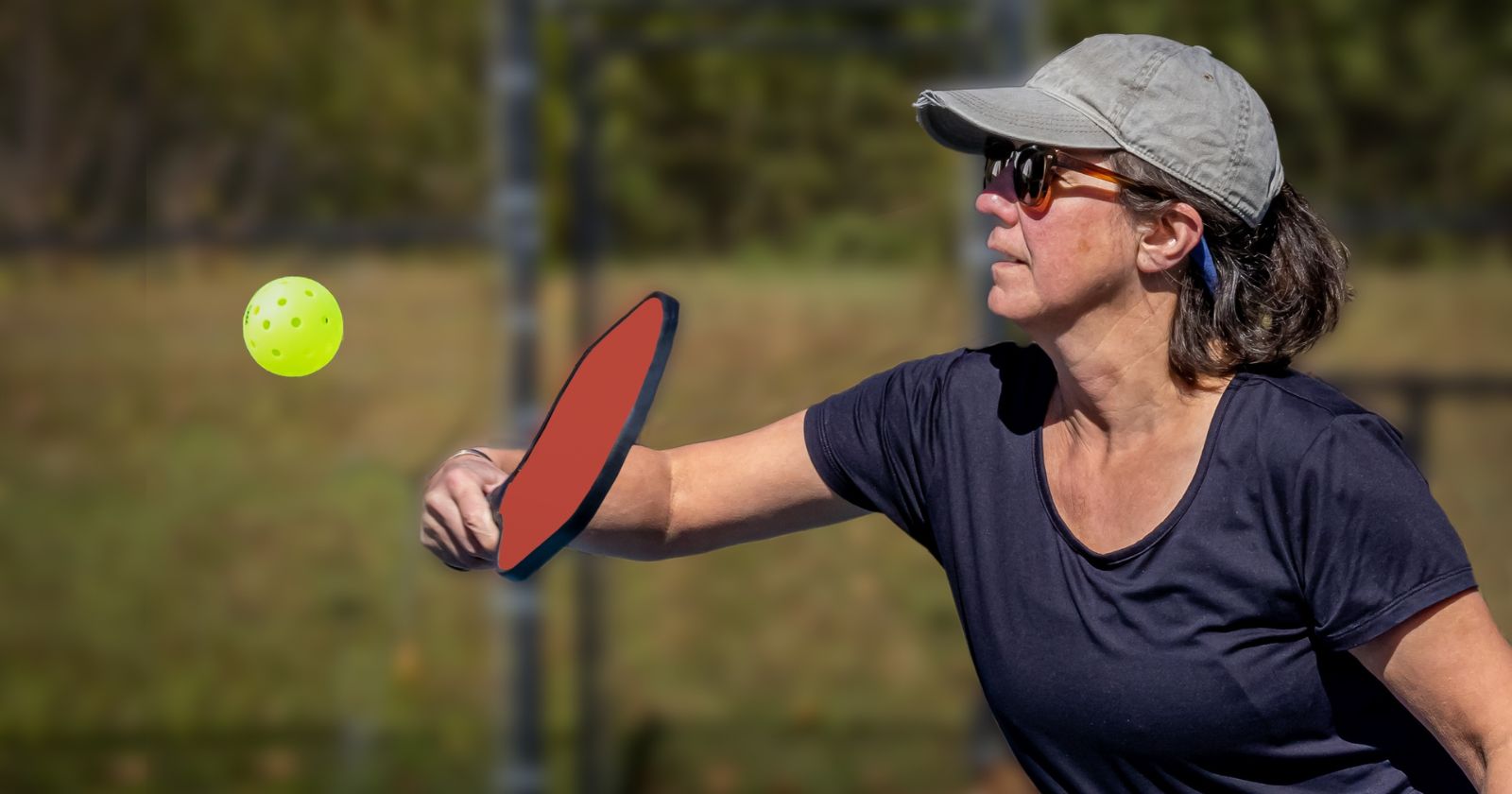Physical Address
304 North Cardinal St.
Dorchester Center, MA 02124
Physical Address
304 North Cardinal St.
Dorchester Center, MA 02124

Playing singles in pickleball is a completely different experience than doubles. With only one person on each side, the game becomes faster, more intense, and demands greater control of the court. To succeed in singles play, it’s essential to develop strategies that maximize your strengths and exploit your opponent’s weaknesses.
In this post, we’ll explore the top strategies to help you control the court, outmaneuver your opponent, and dominate your next singles match.

In singles pickleball, your serve is your first opportunity to dictate the pace and put pressure on your opponent. Rather than just getting the ball over the net, focus on precise placement:
Pro tip: Practice serving both deep and with spin so you can maintain variety in your serves and keep your opponent on their toes.
Controlling the center of the court is crucial in singles pickleball. By positioning yourself near the middle, you can cut off angles and make it harder for your opponent to hit past you. Here’s how to own the center:
Pro tip: Keep your paddle up and your feet moving when returning to the center. Being ready and balanced will help you react to fast shots and sharp angles.
Keeping your opponent near the baseline can significantly limit their options and give you more control of the court. Deep shots force your opponent to hit more defensive returns, making it easier for you to attack:
Pro tip: Work on your deep groundstrokes during practice sessions. A consistent deep shot will allow you to dictate the rally and put your opponent on the defensive.
Although the dink is more commonly associated with doubles, it can be a valuable weapon in singles as well. Dinking forces your opponent to come up to the net, where they may be more vulnerable to a passing shot or lob:
Pro tip: Practice dinking with different amounts of spin and control so you can adjust based on your opponent’s strengths and weaknesses.
One of the best ways to control the court in singles is to keep your opponent guessing by varying your shots:
Pro tip: The more variety you introduce into your game, the harder it becomes for your opponent to predict your next move. This puts you in control of the match.
Footwork is everything in singles play. Unlike doubles, where you can rely on a partner, you’re responsible for covering the entire court. Having quick and efficient footwork will allow you to stay in control:
Pro tip: Incorporate footwork drills into your practice sessions to improve your speed and agility. This will make it easier to react quickly to your opponent’s shots.
In singles play, mental toughness is just as important as physical skill. Without a partner to rely on, staying focused and confident can make the difference between winning and losing:
Pro tip: Develop a routine to help you reset mentally between points, whether it’s taking a deep breath or visualizing your next shot.
Controlling the court in singles pickleball is all about using smart strategies, mastering your footwork, and varying your shots. By focusing on deep serves, dominating the center, and mixing up your pace, you can keep your opponent off-balance and in defensive positions. Combine these strategies with mental toughness and good court positioning, and you’ll be well on your way to mastering singles play.